Marcelo Santos
A First Look at Dataset Bias in License Plate Recognition
Aug 23, 2022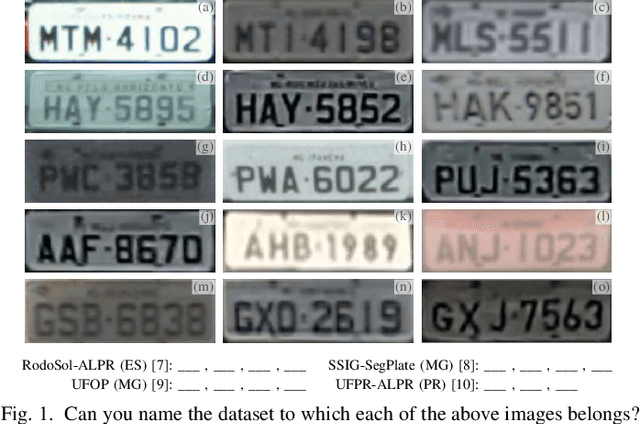


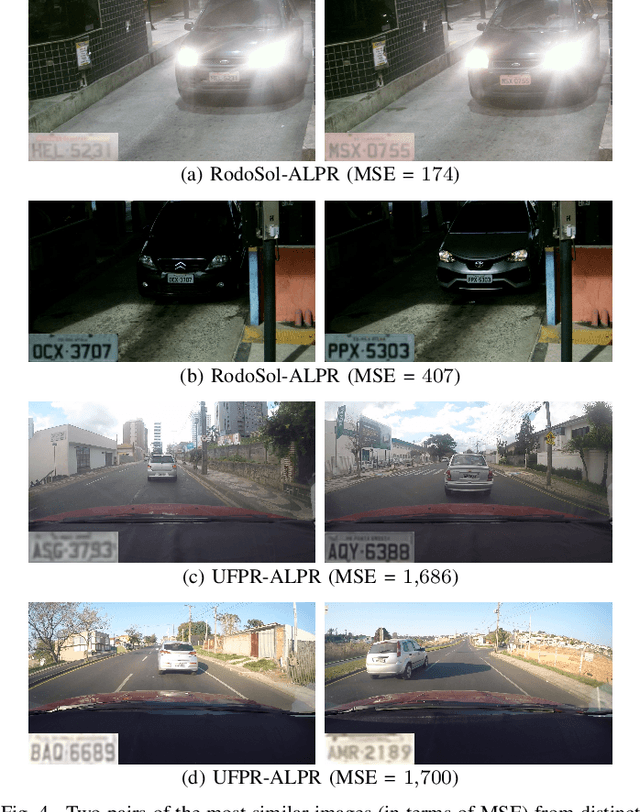
Abstract:Public datasets have played a key role in advancing the state of the art in License Plate Recognition (LPR). Although dataset bias has been recognized as a severe problem in the computer vision community, it has been largely overlooked in the LPR literature. LPR models are usually trained and evaluated separately on each dataset. In this scenario, they have often proven robust in the dataset they were trained in but showed limited performance in unseen ones. Therefore, this work investigates the dataset bias problem in the LPR context. We performed experiments on eight datasets, four collected in Brazil and four in mainland China, and observed that each dataset has a unique, identifiable "signature" since a lightweight classification model predicts the source dataset of a license plate (LP) image with more than 95% accuracy. In our discussion, we draw attention to the fact that most LPR models are probably exploiting such signatures to improve the results achieved in each dataset at the cost of losing generalization capability. These results emphasize the importance of evaluating LPR models in cross-dataset setups, as they provide a better indication of generalization (hence real-world performance) than within-dataset ones.
ISEC: Iterative over-Segmentation via Edge Clustering
Feb 16, 2018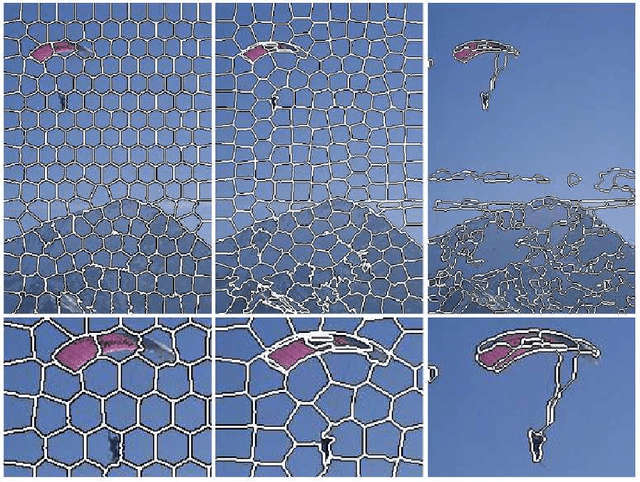
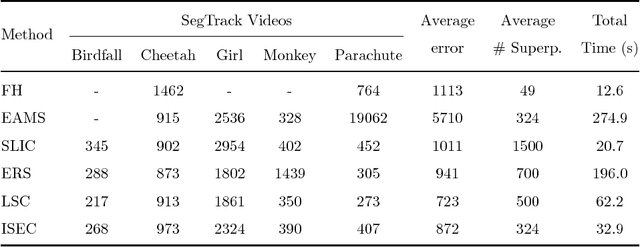
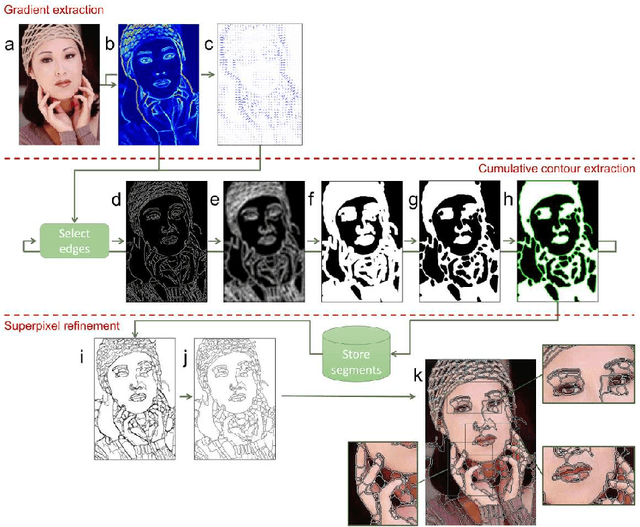
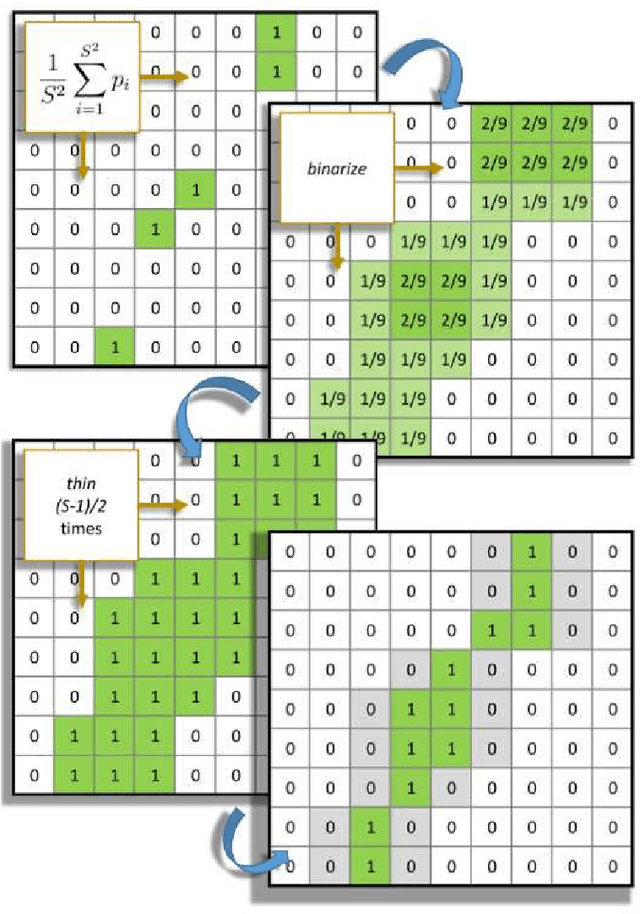
Abstract:Several image pattern recognition tasks rely on superpixel generation as a fundamental step. Image analysis based on superpixels facilitates domain-specific applications, also speeding up the overall processing time of the task. Recent superpixel methods have been designed to fit boundary adherence, usually regulating the size and shape of each superpixel in order to mitigate the occurrence of undersegmentation failures. Superpixel regularity and compactness sometimes imposes an excessive number of segments in the image, which ultimately decreases the efficiency of the final segmentation, specially in video segmentation. We propose here a novel method to generate superpixels, called iterative over-segmentation via edge clustering (ISEC), which addresses the over-segmentation problem from a different perspective in contrast to recent state-of-the-art approaches. ISEC iteratively clusters edges extracted from the image objects, providing adaptive superpixels in size, shape and quantity, while preserving suitable adherence to the real object boundaries. All this is achieved at a very low computational cost. Experiments show that ISEC stands out from existing methods, meeting a favorable balance between segmentation stability and accurate representation of motion discontinuities, which are features specially suitable to video segmentation.
 Add to Chrome
Add to Chrome Add to Firefox
Add to Firefox Add to Edge
Add to Edge